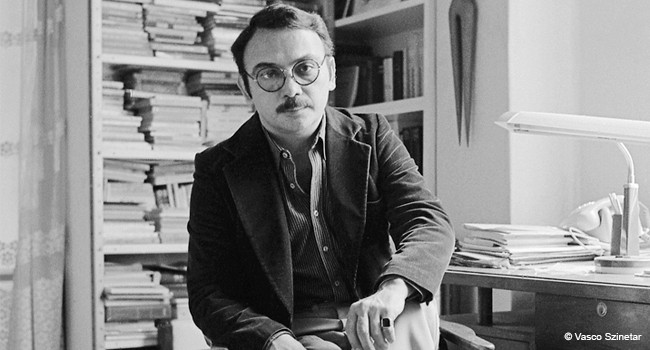| Batalla de Carabobo by Martín Tovar y Tovar |
In the early days of colonial Venezuela, much of the art was religious themed. Artists brought the skills and techniques they learned in Spain and other areas of Europe to this new land. During the 19th century, Martín Tovar y Tovar, an accomplished painter and portraitist, began the push to focus on painting historical scenes, and perhaps with a heroic point-of-view on it. Things were changing rapidly during this time. By the time the 20th century rolled around, artists were keen on keeping up with the modernism that was sweeping the art world.
 |
| The Death of Sucre in Berruecos by Arturo Michelena |
Some famous artists to take note of include Jesús Rafael Soto (optical illusion art, kinetic art, painter, sculptor), Arturo Michelena (painter, known for his historical art and portraits), Carlos Cruz-Diez (kinetic art, optical illusion art), Armando Reverón (painter, sculptor), Manuel Cabré (landscape painter), and Cristóbal Rojas (impressionist painter).
 |
| Carlos Cruz-Diez |
Prior to colonialism, literature was only in the form of stories and myths people told. These ancient tales were passed down from generation to generation. Some of these stories were thankfully written down later on. As the Spanish explorers landed in this new-to-them land, the first written accounts were mainly as chronicles and letters of their time there as they established communities. However, it wouldn’t be until the 19th century before any major novel to be published.
 |
| Andrés Bello - I think he looks a little like Mr. Molesley from Downton Abbey |
The 19th century saw many changes in Venezuela’s political and social scenes, many of them turbulent and violent. And out of this upheaval, writers like Andrés Bello created works that would shape the face of Venezuelan literature. Bello was an educator, philosopher, humanist, poet, and legislator, and for a little while, served as one of Simón Bolívar’s teachers. Although he wrote quite a bit of civil codes (he did a lot of work in Chile), legal booklets, and some scientific and philosophical booklets, he also wrote a fair amount of poetry along with that. He also had written on the differences in Spanish language grammar between Latin American and Castilian Spanish.
 |
| Eduardo Blanco |
Another influential writer was Eduardo Blanco, famous for his work Venezuela Heroica (1881). This novel is divided up into five vignettes taking a romantic view of Venezuela’s history, mainly battles that occurred during the War for Independence and the people who helped fight in them. Other than being a writer, Blanco served as the Minister of Foreign Affairs of Venezuela (1900-1901) as well as being the aide-de-camp to General José Antonio Páez, who was completely flattered at his portrayal in the book. His other novel Zárate (1882), another national history novel, is thought to mark the beginning of the Criollista movement in Venezuelan literary history.
As Venezuela discovered oil and pushed the country into modernism, writers in the 20th century helped build that foothold. Rómulo Gallegos’ 1929 novel Doña Bárbara not only had a great influence in Venezuela but in Latin American literature as a whole. In fact, there have been numerous movies and TV series based on this book. And I just found out the Telemundo show La Doña (available on Peacock, which is NBC’s streaming service) is also based on this novel. I might check it out later.
 |
| Eugenio Montejo |
Other writers of note include Arturo Uslar Pietri (writer, historical, television producer, the only writer to win the National Prize for Literature twice in its first five decades), Teresa de la Parra (novelist), Rafael Cadenas (poet, educator, essayist), Salvador Garmendia (novelist, short story writer, children’s literature writer), and Eugenio Montejo (poet, essayist, founder/co-founder of a couple literary magazines and journals).
Up next: music and dance

No comments:
Post a Comment